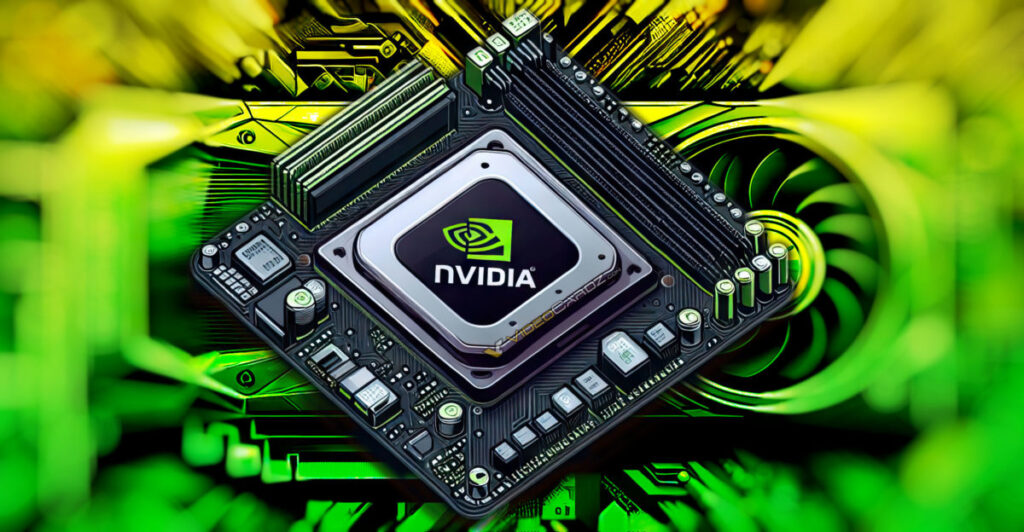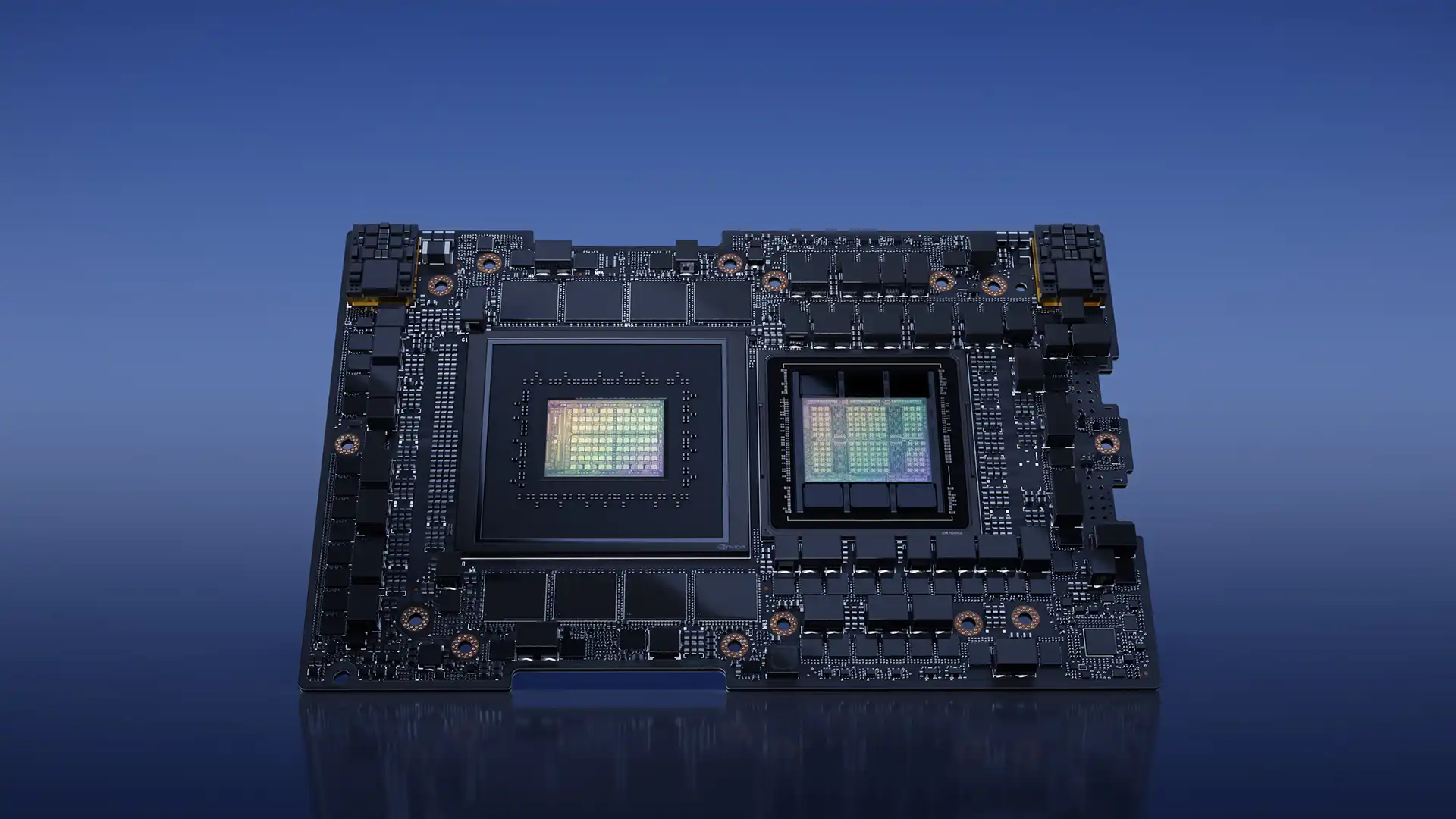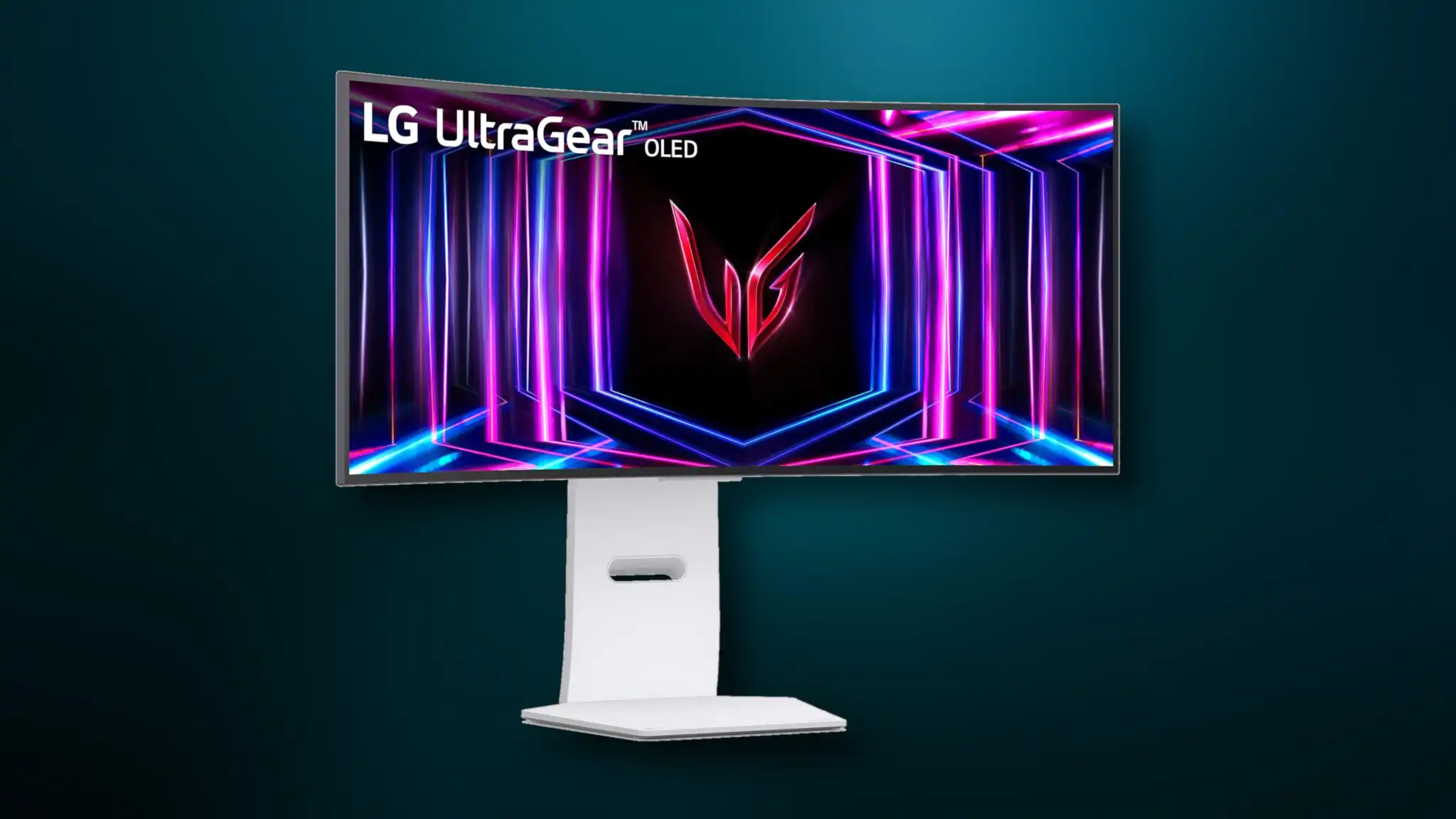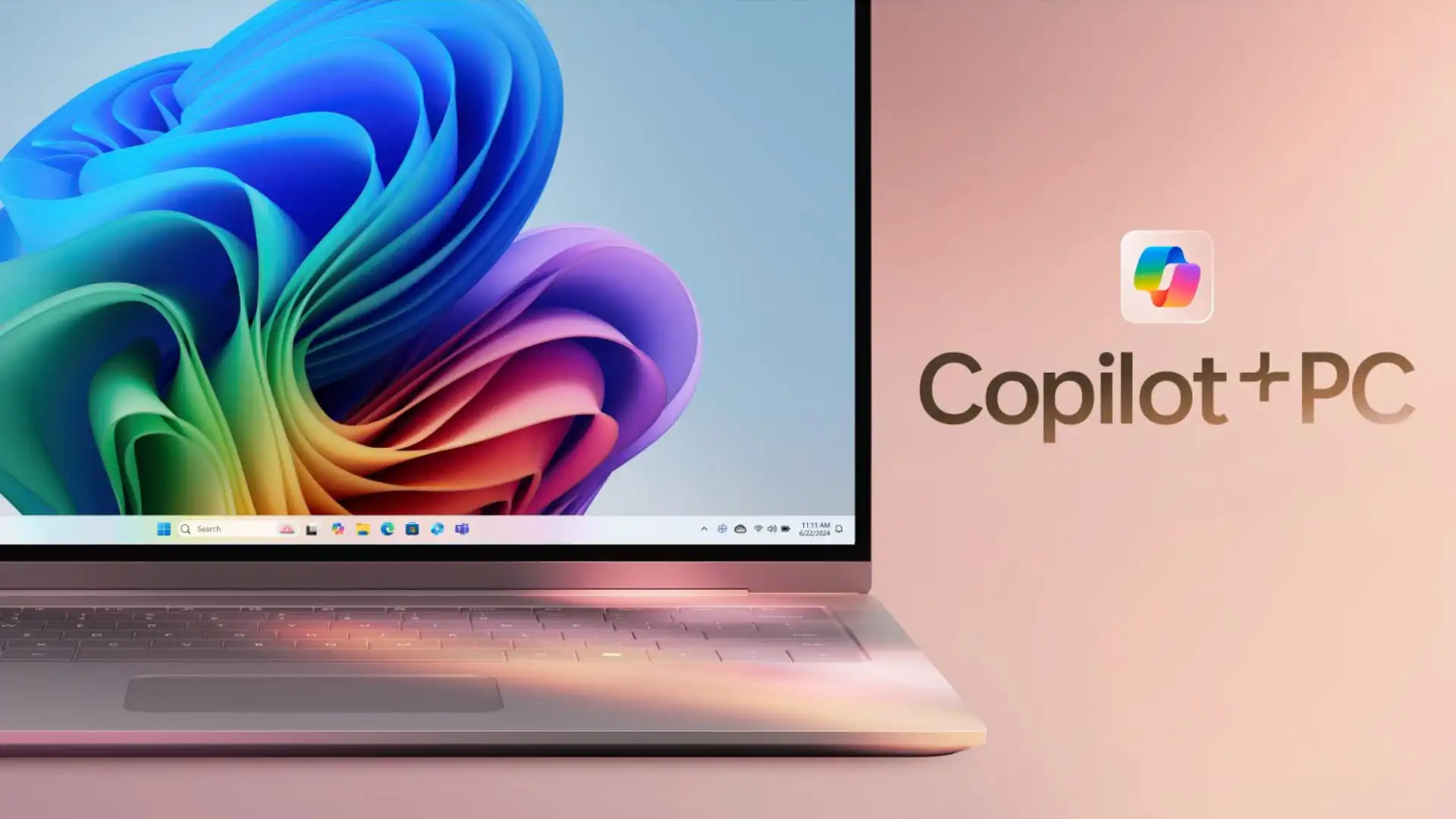
Nvidia, primarily known for its high-performance graphics cards and AI innovations, is quietly making strides in the Arm processor arena. Beyond its popular SHIELD set-top boxes, Nvidia plays a crucial role in the gaming landscape as the producer of the Tegra chip that powers every Nintendo Switch—a device that has surpassed 140 million units sold as its lifecycle draws to a close.
According to a recent report from DigiTimes Asia, Nvidia is planning to develop a competitive system-on-chip (SoC) that integrates both CPU and GPU capabilities specifically for Windows-based hardware. This venture aims to position Nvidia as a direct competitor to Qualcomm’s Snapdragon X series, effectively introducing a new player into the mix of Arm-based Windows machines alongside Intel, AMD, and Qualcomm. By doing so, Nvidia hopes to broaden the options available to manufacturers like Dell, Lenovo, and Acer, potentially shifting the dynamics of the PC hardware market.
The anticipated launch timeline for this SoC product is September 2025, with consumer devices expected to hit the market in early 2026. This timeline suggests a strategic move beyond the exclusivity agreement between Microsoft and Qualcomm regarding Windows on Arm hardware, which has historically limited the landscape. Furthermore, ongoing patent disputes between Arm and Qualcomm might prompt Microsoft and its partners to seek diversification in their hardware options, making Nvidia’s entry even more timely.
Nvidia’s experience with Arm-based chips spans years in mobile, console, and set-top box sectors, although its existing chips have not seen a significant update in over seven years. Interestingly, Nvidia is also rumored to provide new chips for the upcoming Switch 2, showcasing its ongoing commitment to innovation in the gaming space.
Financially, Nvidia is positioned exceptionally well, driven by the booming AI sector, which has elevated its status to one of the most valuable companies globally. Having successfully navigated the downturn in the crypto market, Nvidia may be strategically diversifying beyond its traditional strengths in GPUs and data centers. Entering the Arm SoC market could serve as a lucrative avenue, potentially supplying millions of chips to OEM computer manufacturers.
While these developments remain unconfirmed, they signal an intriguing shift in the PC hardware landscape that bears watching as we approach 2025.




